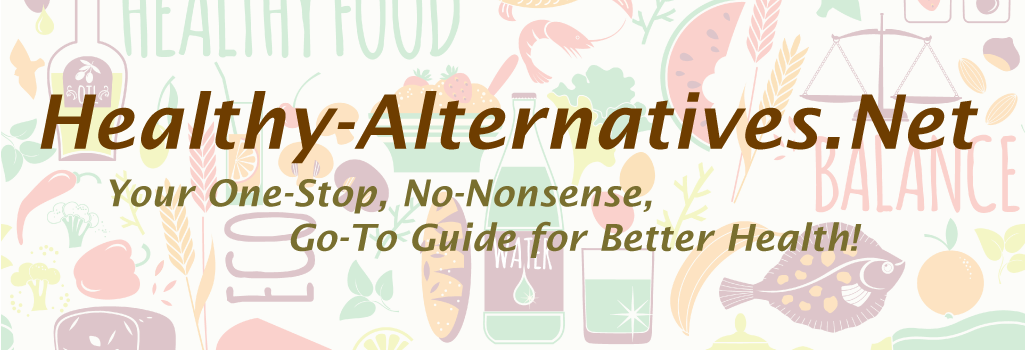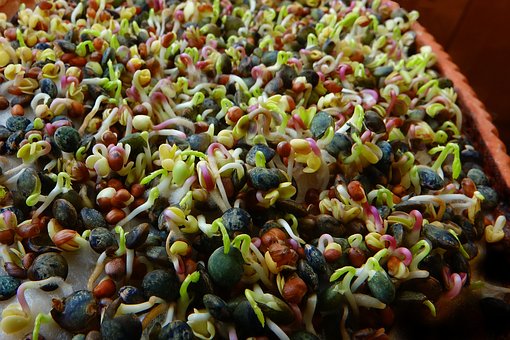Whole grains
These contain high fibre, complex carbs and are rich in healthy fat and sodium. Except for wheat, whole grains help reduce body fat and are good for blood sugar disorders.
- Sprouted grains offer the greatest nutritional value
- Fermented grains contribute to a healthy gut
- All whole grains (except wheat) help reduce fat
- Rye has the most lysine, is low in gluten and best for weight loss
- Spelt is highly nutritious: it stimulates the immune system, has high carb content, fibre, protein & B-Vitamins
Avoid all overly processed grains that are white. The white colour is a result of the processing which ends up removing all the nutritional value of the grain for a longer shelf-life. You end up ingesting nothing but empty calories…
Except for Quinoa, you need to combine the following grains with either legumes, beans or vegetables to form a complete protein.
- Amaranth: high in nutrients and protein (second only to quinoa)
- Barley: rich in potassium, sulfu and phosphorous acid. The outer hull is removed for better digestion and called “pearl barley”. Whole barley is dark-coloured and higher in calcium, iron, protein and potassium than pearl barley. Barley flour contains very little gluten so is suitable for gluten-free diets
- Bulgur contains choline, niacin and minerals
- Corn: choose non-GMO (if it doesn’t say “organic”, it is likely a GMO product). Add lysine to create a complete protein
- corn germ is high in nutrients and rich in zinc
- Durum wheat contains only a 1/4 of the carbs of other flours so is a good option for diabetics
- Kamut is a relative of durum wheat and tolerated by many people with wheat allergies. High in minerals, protein, magnesium and zinc.
- Millet has the most complete protein, after quinoa and amaranth. High in iron, lecithin and choline. Highest content of protein, vitamins, minerals and unsaturated fat of any grain
- Oats are high in fat but contain antioxidants: “whole steel cut” is a better choice than instant. But for convenience, you can buy organic, individually packaged oatmeal although you’ll also be consuming high sodium and sugar content. With homemade oatmeal, you can just add berries, fruits and nuts to your liking.
- Quinoa is the only grain that contains a complete protein source and is high in B vitamins, iron, fibre, calcium & phospherous
- Rice is non-allergenic and gluten-free (except for sweet glutinous rice). Must be combined with beans or vegetable for a complete protein
- Basmati: long-grained, cream-colored with a nutty flavour
- Brown rice: high in Vitamin B, calcium, phospherous, iron & protein
- White rice has been milled to remove the brown bran coating, thereby removing all valuable nutritents and know to cause mucus-forming; so, AVOID!
- Wild rice is very high in nutrients
- Parbroiled: has been steamed and dried before milling
- Pre-cooked: has been milled, cooked and dehydrated
- Rye has the highest amount of lysine of all grains and is low-gluten
- Spelt is high in carbs, fibre, protein & Vitamin B and contains the 8 essential amino acids. A good choice for those with wheat sensitivities
- Triticale is the first man-made grain; a combination of wheat & rye and has a higher protein content than either wheat or rye
- Wheat contains gluten but is the only grain suitable for baking leavened breads without the use of other grains – always try to choose sprouted wheat as the most nutritious option
- Winter wheat is used to make Graham flour, named after Dr. Sylvester Graham who hated white flour. “Graham crackers” were named after him
Legumes (Beans)
Buying the dried versions is cheaper with no added salt but you need to allow for soaking time. When buying canned goods, choose low-sodium and rinse out with cold water to remove as much salt as possible.
- Adzuki are small tender red beans from China & Japan. Less calories per cup and highest in nutrients of most beans. Popular in the Macrobiotic diet
- Anasazi are high in protein, iron, phosphorus, thiamine and many other nutrients. These have unusual flavour, are sweeter and meatier than other beans
- Black Turtle are great in soups or spanish-type dishes
- Chick Peas (Garbanzo) are high in calcium, iron, potassium and vitamin A. They have a nutty flavour that makes them great for dips and veggie burgers
- Fava are lima-shaped and rich in B vitamins, calcium, protein & iron
- Great Northern are large white beans great for soups and chowders
- Lentils are a member of the pea family and are high in calcium, magnesium, phosphorous, sulfur, Vitamin A and a good source of protein
- Lima have high potassium, minerals, vitamins, fiber with a distinctive flavour
- Navy are great for stews and soups
- Pinto are light brown with black spots that vanish when cooked. These are not a complete protein and are high in calories. Used to make refried beans, in burritos or stews
- Red Kidney have the highest fibre of all beans, are rich in all nutrients, protein and fibre. Popular in chilies and soups
- Soybeans: fermented soybeans create a condiment called Miso which is an ancient superfood that can relieve fatigue, aid digestion, lower cholesterol & blood pressure and prevent cancer
Pulses
These are the dried seed version of the legume family which include: beans, chickpeas, lentils and peas
- these are high in Vitamin B, Fibre, Iron, Magnesium, Potassium and Zinc while being free of cholesterol, gluten, and sodium


